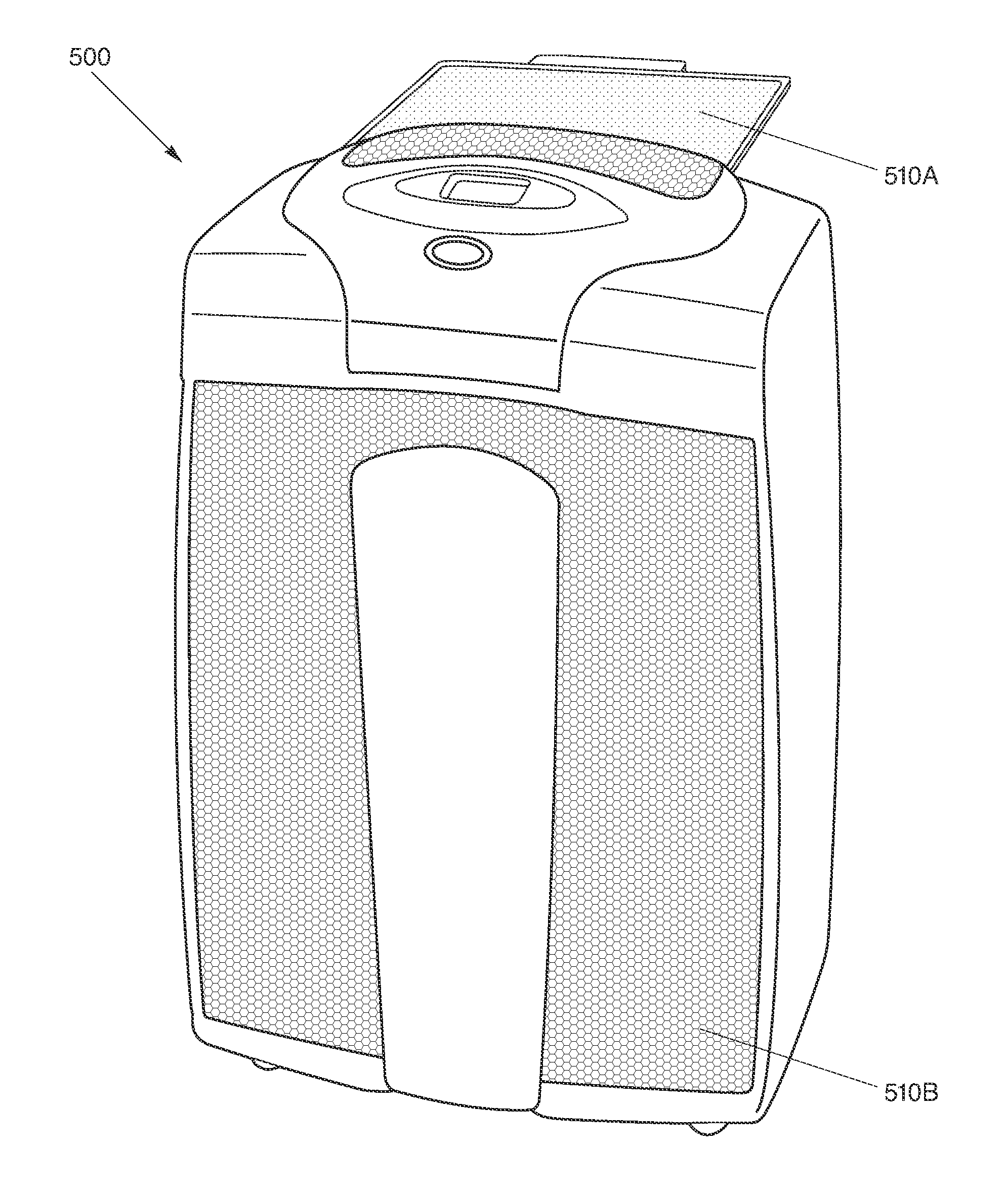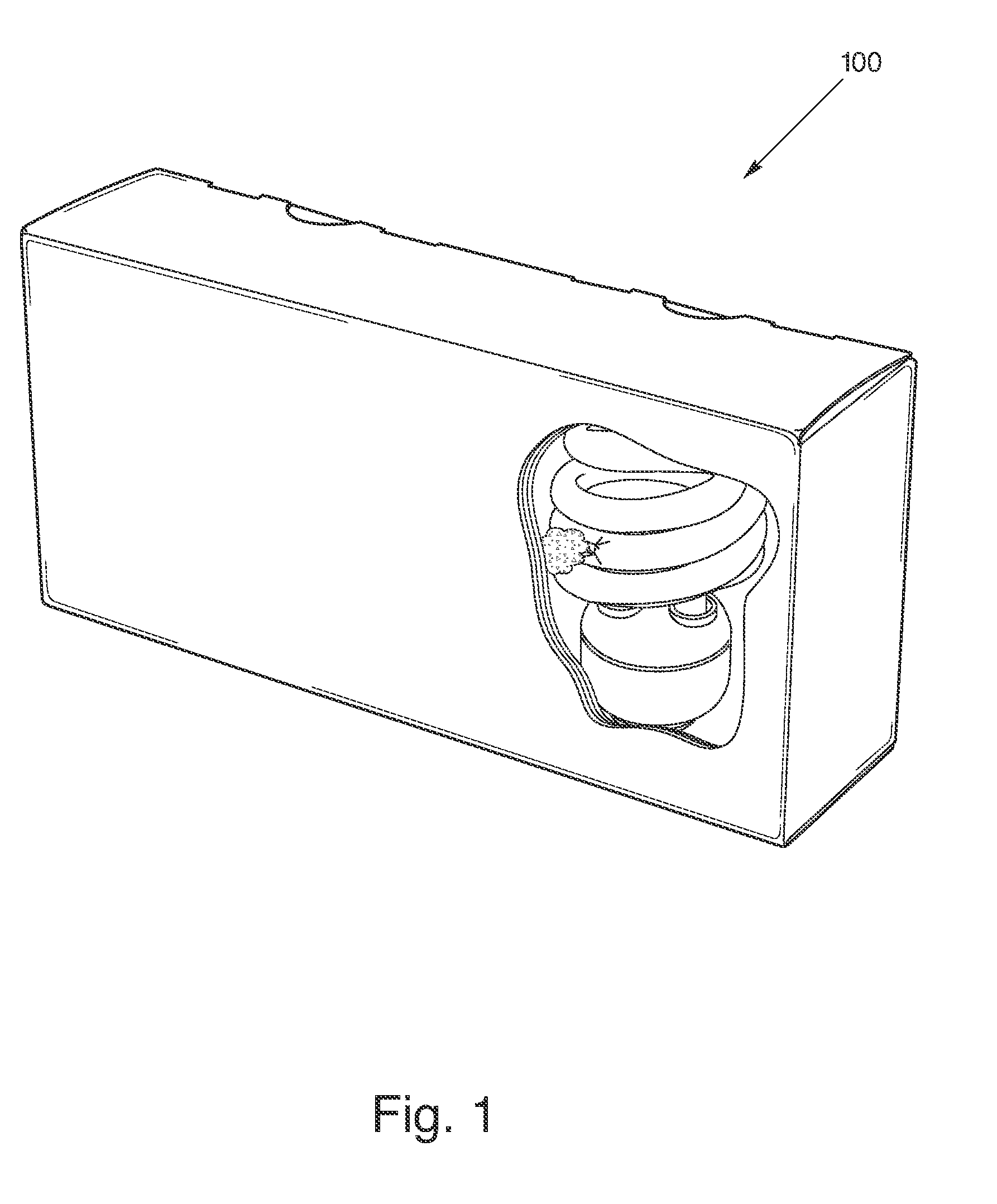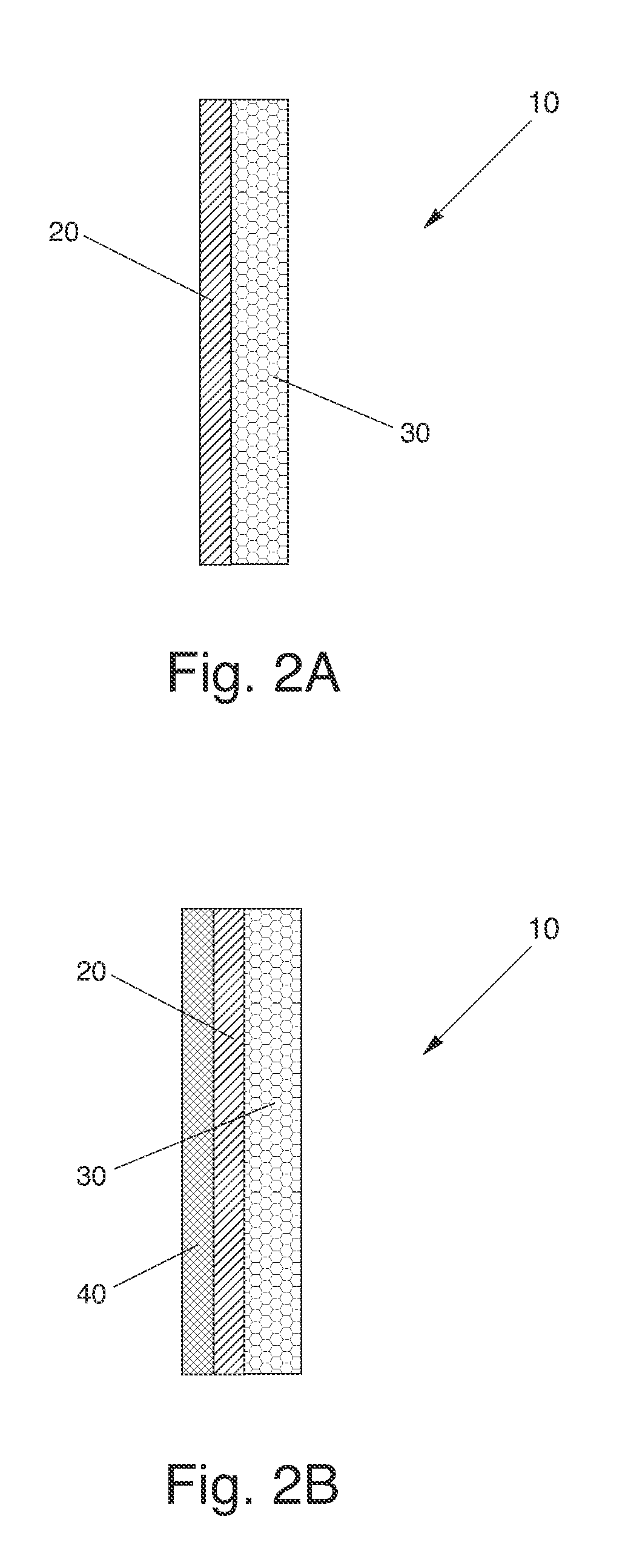Nanostructured sorbent materials for capturing environmental mercury vapor
a sorbent material and sorbent material technology, applied in the direction of filtration separation, lighting and heating apparatus, separation processes, etc., can solve the problems of cfls breaking, air toxic pollutant, mercury levels in fish, etc., and achieve the effect of reducing the risk of cfls breaking and cfls breaking
- Summary
- Abstract
- Description
- Claims
- Application Information
AI Technical Summary
Benefits of technology
Problems solved by technology
Method used
Image
Examples
Embodiment Construction
[0059]The embodiment is generally directed to a novel and unique method and material for capturing and stabilizing mercury. In particular, the present invention is a method and material containing sorbent materials to capture and stabilize mercury. The method and packaging material of the present invention provides a safe and effective disposal of the mercury contained within products.
[0060]The present invention is a method and material for using sorbent materials to capture and stabilize mercury. The packaging materials or package contains sorbent materials to capture and stabilize mercury. The sorbent materials may be nano-particles or other materials used to capture and stabilize mercury. The nano-particles are selected from a group consisting of: nano-Cu, nano-Ag, nano-Se, nano-S, nano-Ni, nano-Zn, nano-WS2 or any nano-particle used for the capturing of mercury. In a preferred embodiment, the nano-particles are unstabilized, colloidal nano-Se. Other materials that may be used as...
PUM
| Property | Measurement | Unit |
|---|---|---|
| Adsorption entropy | aaaaa | aaaaa |
Abstract
Description
Claims
Application Information
 Login to View More
Login to View More - R&D
- Intellectual Property
- Life Sciences
- Materials
- Tech Scout
- Unparalleled Data Quality
- Higher Quality Content
- 60% Fewer Hallucinations
Browse by: Latest US Patents, China's latest patents, Technical Efficacy Thesaurus, Application Domain, Technology Topic, Popular Technical Reports.
© 2025 PatSnap. All rights reserved.Legal|Privacy policy|Modern Slavery Act Transparency Statement|Sitemap|About US| Contact US: help@patsnap.com



